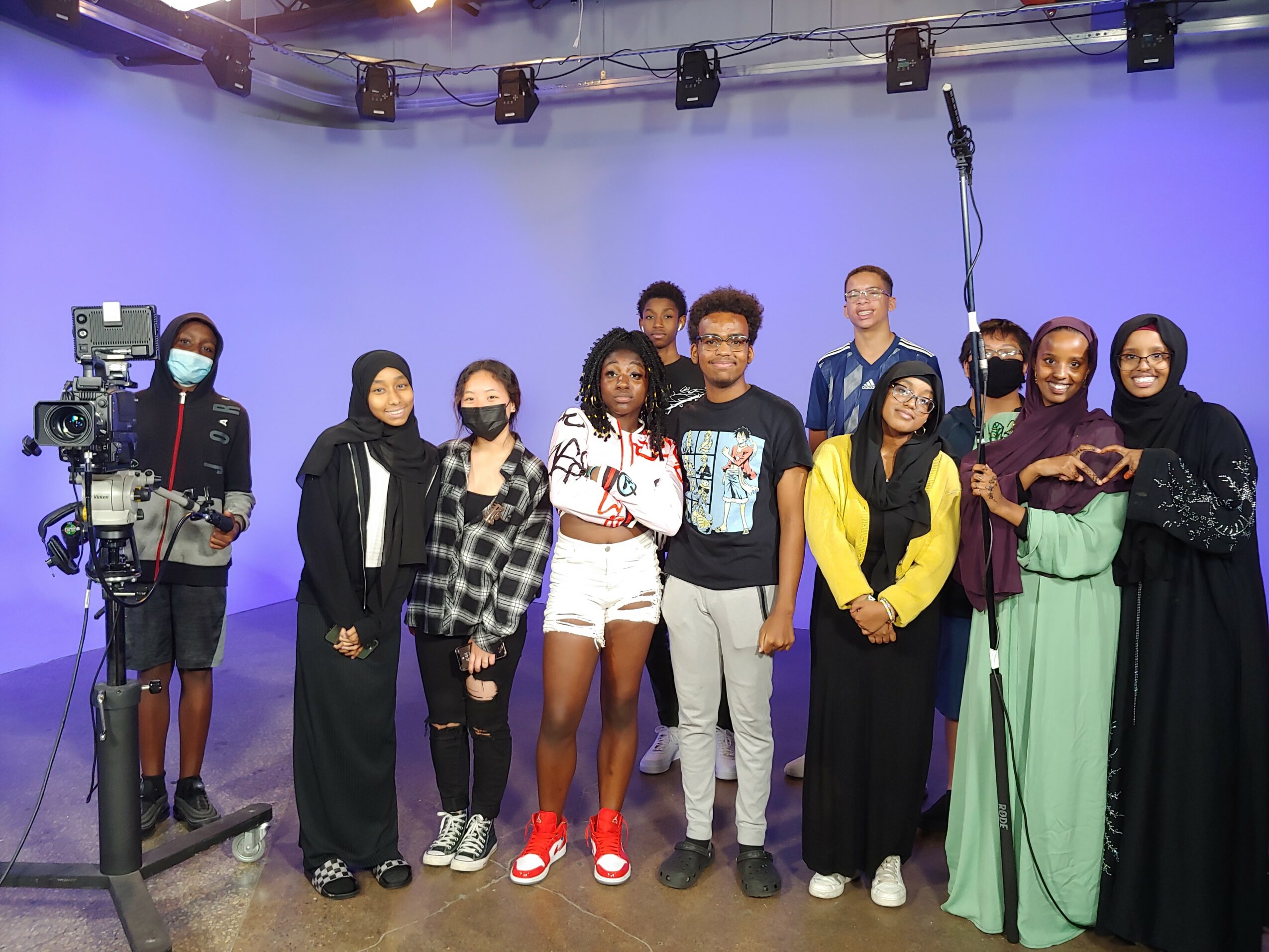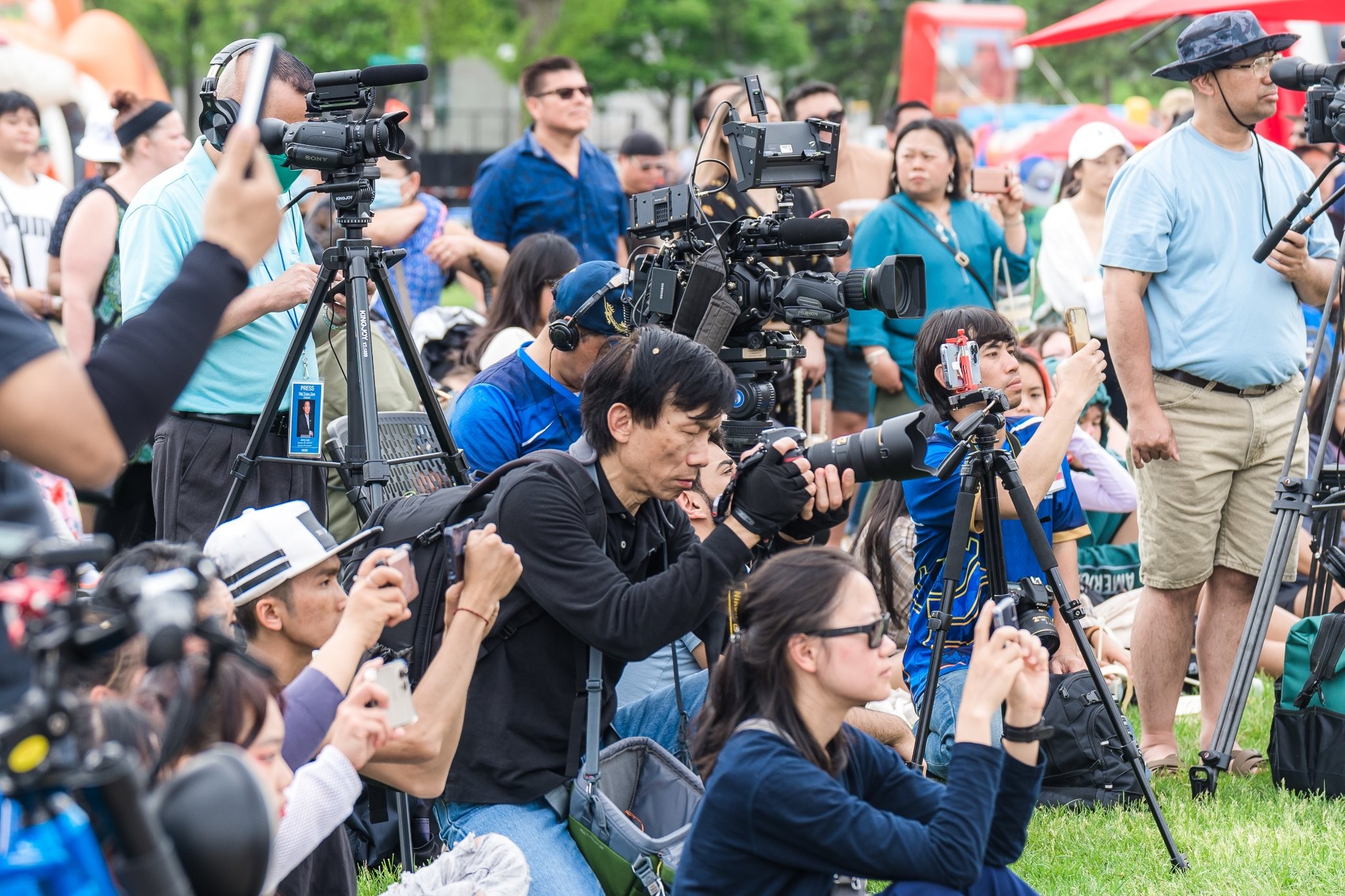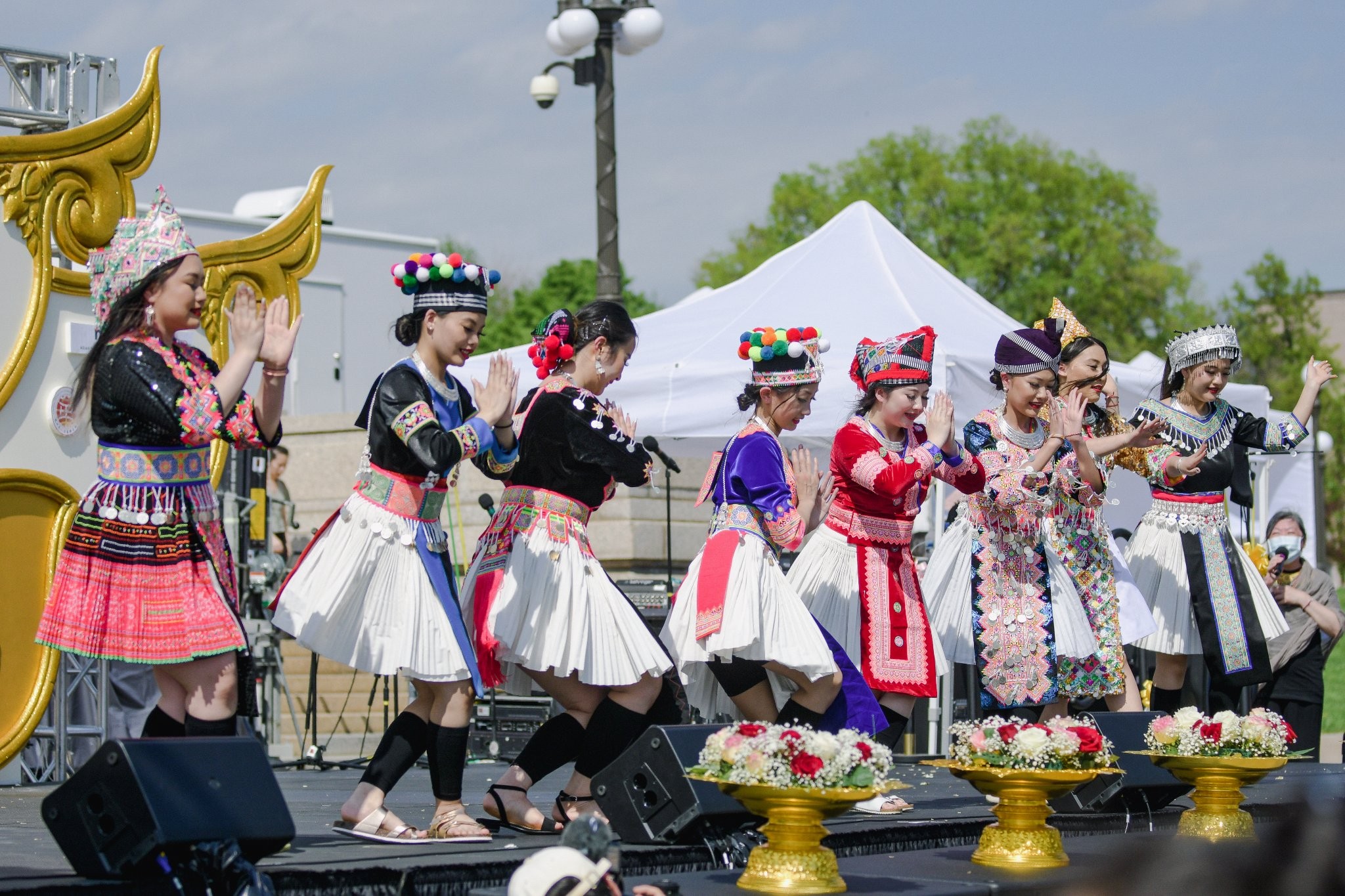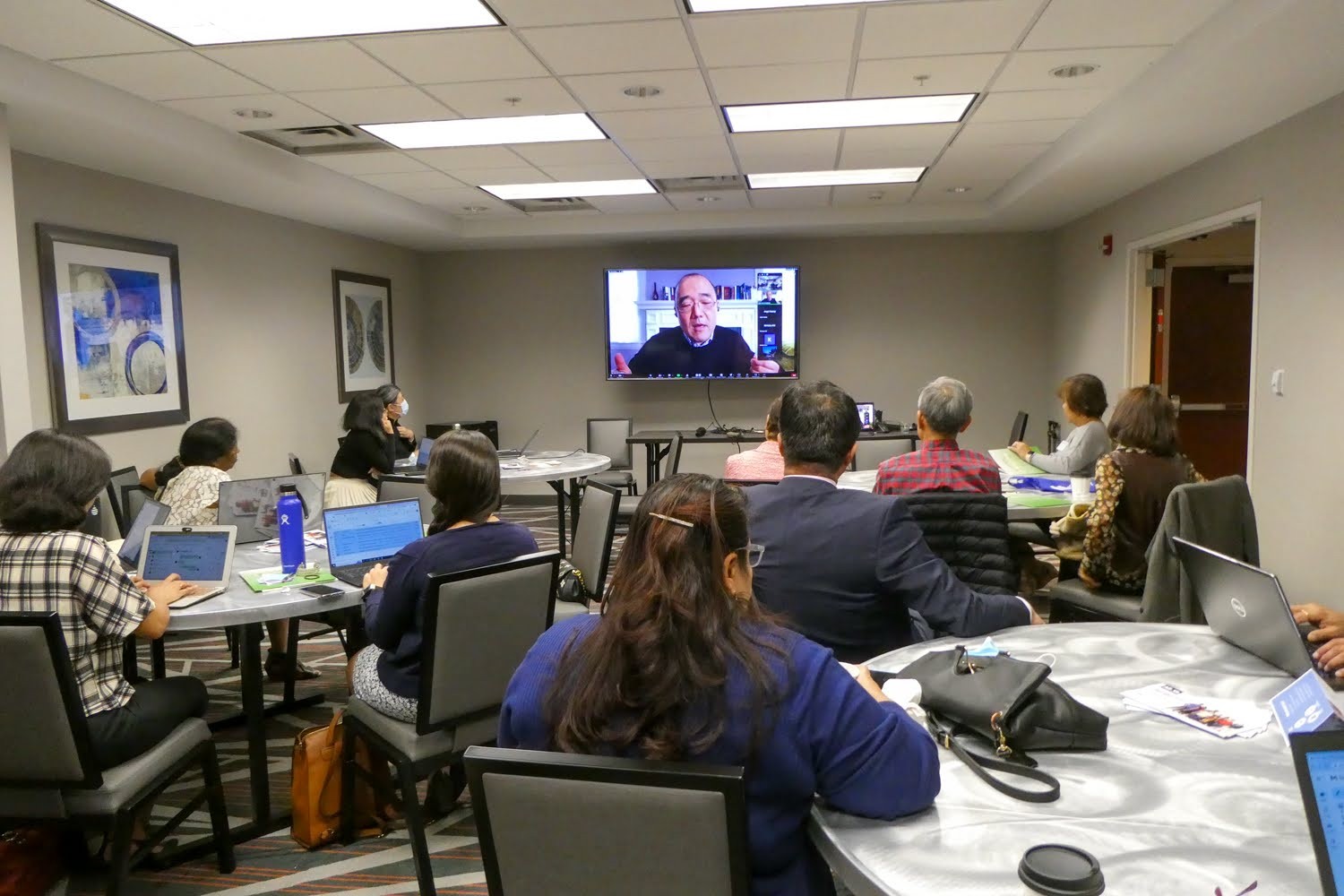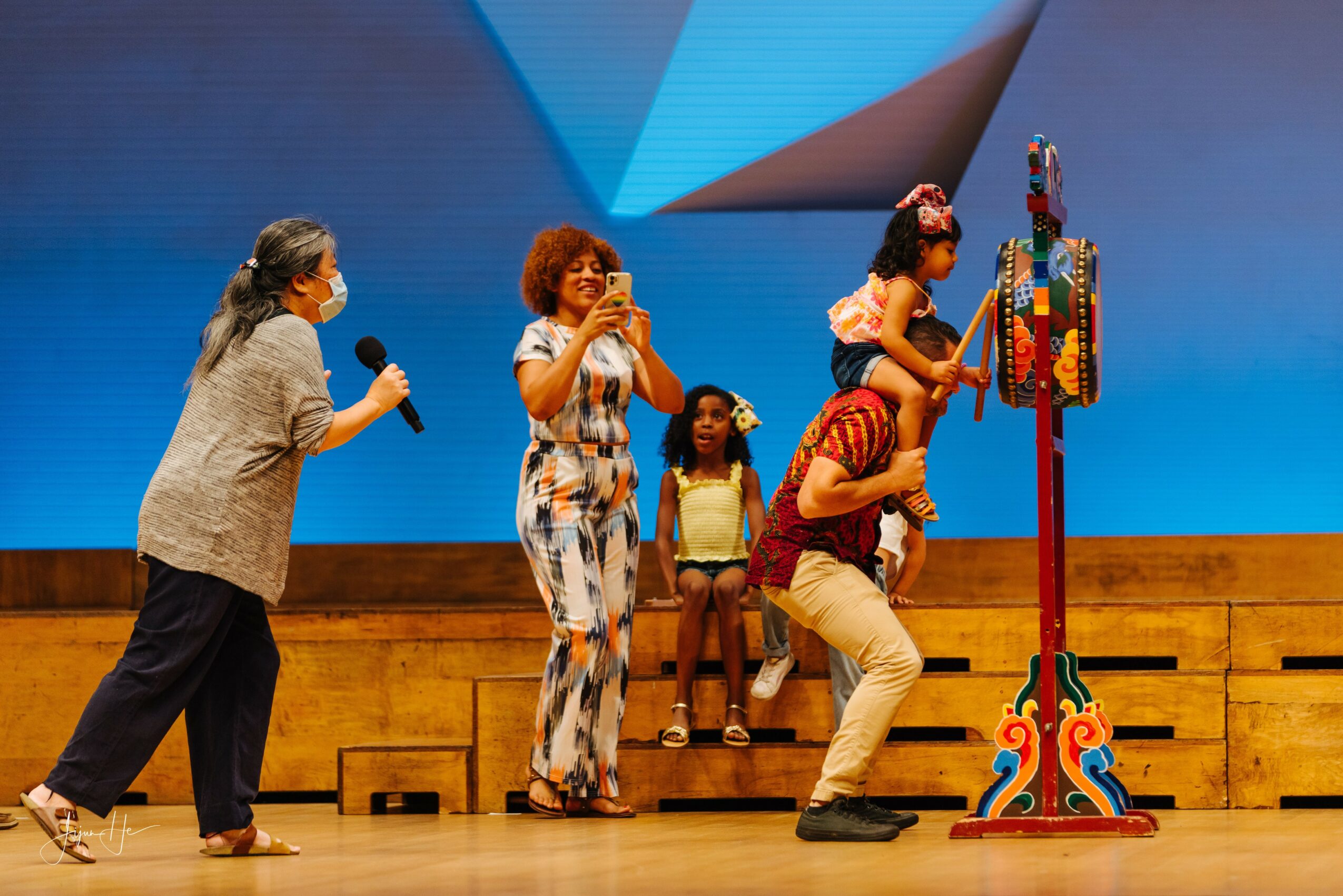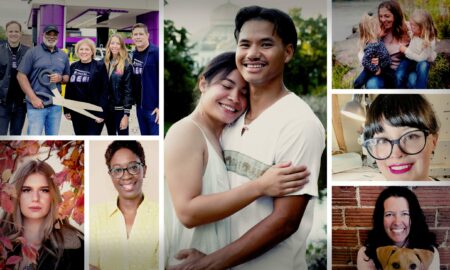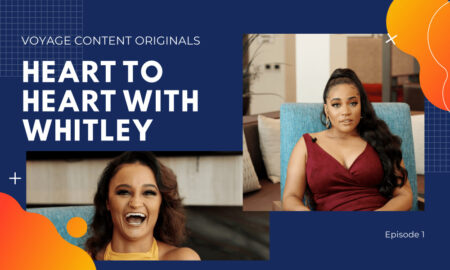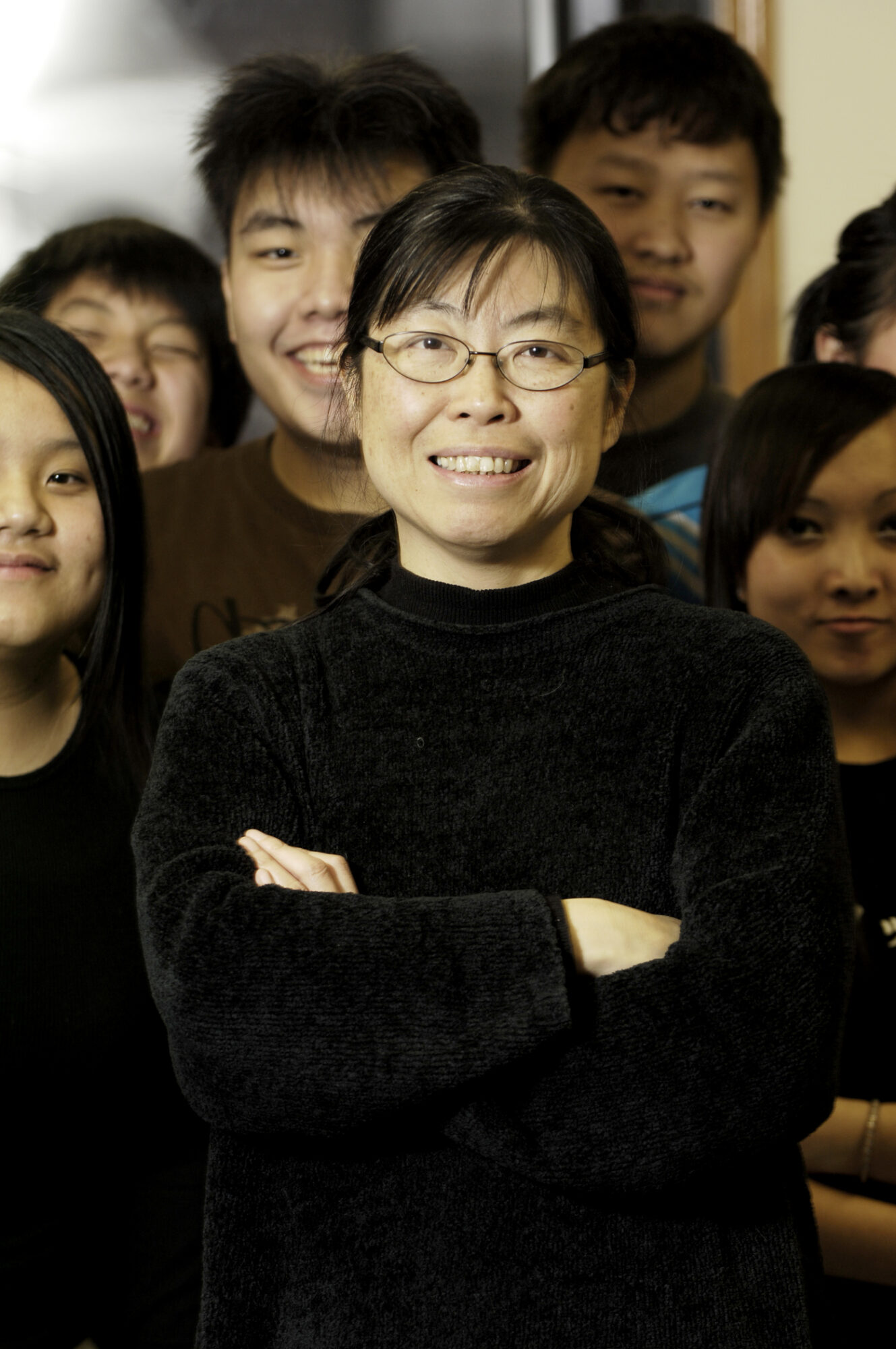 Today we’d like to introduce you to Ange Hwang. Them and their team share their story with us below:
Today we’d like to introduce you to Ange Hwang. Them and their team share their story with us below:
Ange Hwang grew up in Taiwan and settled in MN, she is the Executive Director of Asian Media Access since 1992. For the past 30 years, Ange has worked to bring in more understanding about different communication patterns among diverse groups and how to design public health information targeting the specific ethnic community to eliminate health disparities through communication. She has been working on the Asian American and Pacific Islander (AAPI) civic, social, and health issues through training, and video productions for the past 3 decades, and has won numerous awards for her health video works. Each year, Asian Media Access reaches more than 150,000 people with “Bicultural Healthy Living” messages through its in-person training, large community events, as well as digital presence with web and social media.
She has developed and produced numerous National Initiatives, including: “What About Us,” “Bicultural Healthy Living,” etc., which aim to increase cultural resilience among AAPIs by catalyzing the development of high-quality educational materials and training nationwide. Hwang is known for her analytical approach to the subjects and foresight to issues buried under layers, adding a special touch to her bi-cultural background.
Can you talk to us a bit about the challenges and lessons you’ve learned along the way? Looking back would you say it’s been easy or smooth in retrospect?
Challenge the Eurocentric System Design/Thinking.
Hope to create an Inclusion Environment through a Bicultural Healthy Living framework that maximizes cultural integration into the healthcare system, education, employment, family support, and economic and social self-sufficiency for Minnesotans. Worldwide, cultural diversity has been evolving within and across communities, continuously changing over time, and has been shaped by human mobility and aspiration. Biculturalism is a philosophy – that people, master the rules and norms of their new culture without abandoning their own language, values, and social support. It refers to a sense of belonging to broader cultural communities and common humanity, promoting the ‘Cultural Resilience’ that integrates diverse cultures together. Often different cultures have also shared such an INTEGRATION concept, for example, American Indian culture encourages their youth to be like “Little Turtle” who needed to know how to move both in water and on land (in two cultures). Chinese philosophy, suggests the balance between Yin (“shady side”) and Yang (“sunny sides”) (as two different perspectives). It is also a way of living, understanding, acting, and relating oneself to others and the environment in space and in time, based on universal values, through respect for diversity and pluralism. In this context, each individual’s life has implications in day-to-day decisions that connect to their root culture and other diverse cultures around them, and vice versa. We hope everyone can seek a balance that creates community-based resources and collaborations that are built upon a foundation of cultural practices and pedagogy that are integrated with but not diminished by, Western philosophies. This approach is based on the strength of families, and each culture’s values that give everyone a place within the community and the expectation of belonging.
“If a class of people is not allowed to participate culturally, we fail to understand and appreciate our differences and similarities. We become increasingly ethnocentric. We fail to develop socially, unable to get along with our fellow man. No matter how hard a society might try to separate classes or races, the bottom line is that, eventually, we will, at least on some occasions, share the same space. Therefore, it is imperative that we are accepting, not merely tolerant, of others. The connotation for tolerance is that one must acknowledge the other, whereas acceptance encourages complete participation and fellowship.”
Appreciate you sharing that. What else should we know about what you do?
Incorporated in August 1992, Asian Media Access, Inc. (AMA) is a comprehensive, multimedia-based, community advocacy agency. AMA is dedicated to “Connected the Disconnected,” by using multimedia arts and technology as tools to support disadvantaged BIPOC youth for social betterment. AMA recognizes that multimedia and technology are essential for advocacy, communication, and education, in order to mobilize communities, and young people; engage in understanding and communicating of concerned issues; and arrive at a participatory decision-making process for a safe, supportive environment for all.
As multimedia is defined by the Oxford Dictionary – as “using more than one medium of expression or communication including film, dance, video, audio, design, drama, acrobatics, and stage effects”. By effectively utilizing these different tools, AMA creates as well as presents programs that educate and enrich the communities.
We believe the multimedia arts and information technology empower all of us with critical thinking and promote good citizenship—especially important as we prepare young people to be tomorrow’s leaders. Our thought-provoking multimedia education, productions, exhibitions, stage performances, resourceful educational products, and youth afterschool programs encourage deep reflection, challenge previous assumptions, provide solace, and allow participants to develop their own way of connection in timeless works of creation, communication, and community building.
Can you tell us more about what you were like growing up?
There are three principles in my family – to be sensitive, smiling, and strong: to be sensitive and considerate of others, to smile through obstacles, and to be strong all the time, especially during the good times. Those teaching have long been embedded in me since I was a child, but I am never quite sure why we have to be strong during a good time. My mother has always said, “because you have to prepare for what life brings to you too. Good time does not necessarily end with the best result, and vice versa”. I finally understood what she meant at the age of 22 when I just freshly graduated from the University. Everything seemed just so beautiful, bright, and full of hope. At that time I was not prepared to take on such tragedy – my father passed away suddenly in 1984, right before I came to the States for my Master’s degree at the University of Iowa. With this crisis, I was sure that our family could not afford me to go, my mother insisted that I should go as planned, and she added, “Any crisis can end up with positive results if I take the challenge to make it happen.”
I came to the States and worked any jobs that I could get to support myself through my two Master’s degrees. I gradually understood what my mother meant. My father passing away was a tragedy, but I grew up with it. Before I was the flower that was protected in a greenhouse, but I became confident and became capable of pursuing my own goals. Best of all, I met my future husband when I worked at a Chinese restaurant. If it was not for the crisis, I would not have had to work, and would not have had the chance to meet him, which really changed my life. Without his support and encouragement, I probably would not have grown as much, and would not have founded Asian Media Access. And after founding Asian Media Access, people start to see me as the “leader”. Once I was very uncomfortable to be called a “leader”, because I have always associated the term with VIPs, people in high positions, not me. But when I thought deeper and reflected it back to the Chinese philosophy, I had a whole new perspective on “leader”. The Chinese phrase says – the leader is the servant of the people. Leadership is not ranking, privileges, titles, and glories, but responsibilities, unselfishness, and putting people’s needs above her/his own desire. Realizing that I felt more confident in calling myself a “leader”, and now for me to be a leader is to know myself and to continue to challenge myself, and “What can/should I do to make a difference.”
Contact Info:
- Website: http://www.amamedia.org/
- Instagram: https://www.instagram.com/asianmediaaccess/
- Facebook: https://www.facebook.com/asianmediaaccess
- Twitter: https://twitter.com/amamedia_mn?lang=en
